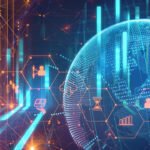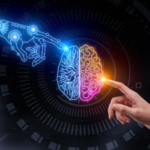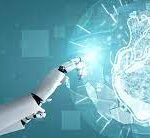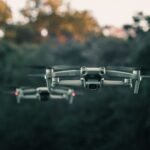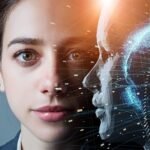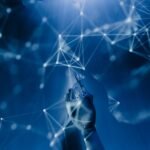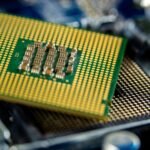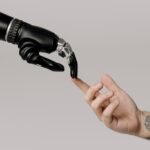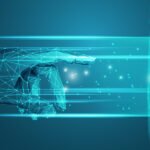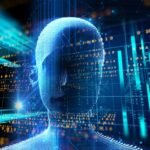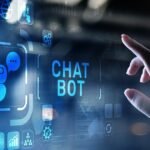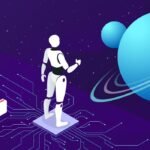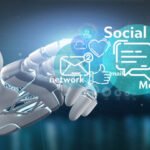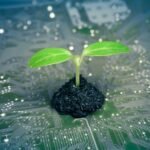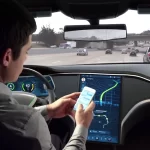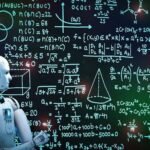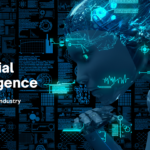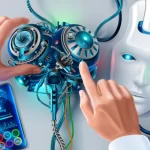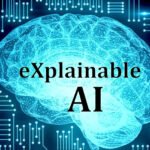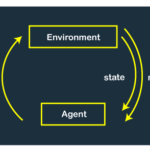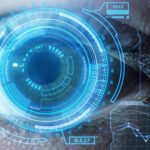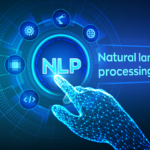AI in Art and Creativity
Art and creativity have always been quintessential expressions of human culture and imagination. Throughout history, artists have pushed the boundaries of their craft, bringing forth new perspectives and evoking powerful emotions. In the age of Artificial Intelligence (AI), we find ourselves at the cusp of a new artistic renaissance, where technology merges with human creativity to unlock novel possibilities. In this blog post, we delve into the fascinating realm of AI in art and explore how it is revolutionizing creative processes, fostering collaboration, and challenging traditional notions of artistic expression.
AI as an Artistic Tool:
AI technology, particularly in the form of machine learning and deep neural networks, has become an invaluable tool for artists and creatives. With its ability to process and analyze vast amounts of data, AI can generate insights, inspire new ideas, and assist in the creation process. Artists can utilize AI algorithms to generate visual compositions, explore alternative artistic styles, and even compose music. By leveraging AI as a creative tool, artists can transcend conventional boundaries and explore uncharted artistic territories.
Exploring New Aesthetics and Styles:
AI has the remarkable ability to learn patterns and styles from vast datasets, enabling it to generate unique artistic expressions. Artists can train AI models on existing artworks, photographs, or even music, and then use the generated outputs as a springboard for their own creations. This collaboration between human creativity and AI algorithms can result in the emergence of entirely new aesthetics, pushing the boundaries of what was previously deemed possible in the art world. The fusion of AI and art challenges our preconceived notions, provoking dialogue and inviting us to perceive art from fresh perspectives.
Enhancing Creativity and Collaboration:
AI not only offers new avenues for individual artists but also facilitates collaboration and collective creativity. Artists can employ AI algorithms to create collaborative pieces by incorporating the inputs of multiple contributors. Moreover, AI-driven platforms can serve as virtual spaces for artists to connect, share ideas, and collaborate remotely. The fusion of AI and art, therefore, expands the possibilities for collaboration, transcending geographical barriers and bringing together diverse talents and perspectives.
Interactive and Immersive Experiences:
AI technology has paved the way for immersive and interactive art experiences that engage viewers on a deeper level. Through computer vision and natural language processing, AI can analyze user input and respond in real-time, creating dynamic and personalized art experiences. Interactive installations, virtual reality, and augmented reality applications enabled by AI immerse viewers in captivating artistic worlds, blurring the boundaries between art and audience. This interactivity allows for a more profound and participatory engagement with art, transforming the viewer into an active participant.
Ethical Considerations and Human Intervention:
As AI becomes more integrated into the art world, ethical considerations come to the forefront. Questions about authorship, originality, and the role of human intervention in AI-generated art emerge. It is essential to strike a balance between the creative autonomy of AI and the artistic vision and intent of human creators. Additionally, addressing biases embedded within AI algorithms and ensuring transparency in the creation process are vital for responsible AI-driven art.





